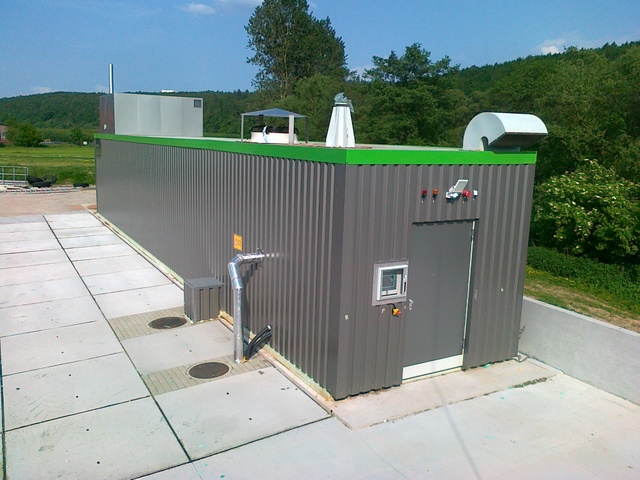
In the rise of a craft brewing era, U.S. craft brewers produced an impressive 22.2 million barrels of beer, resulting in a 22 percent increase in retail dollars and 18 percent rise in volume last year. Beer enthusiasts and independent breweries alike are rejoicing in this boutique brewing surge, but a growing production of craft beer can be a headache for wastewater treatment plant (WWTP) operators and communities tasked with handling the increased wastewater load.
The larger load of high BOD/COD-level wastewater created from brewing — which includes dissolved brewery waste solids like excess malt, yeast and hops — often requires additional WWTP infrastructure for processing. To the brewers’ dismay, producing more wastewater can be financially burdening for the small breweries charged to dispose of their high BOD/COD waste stream.
Forward-thinking operations are turning to anaerobic digestion (AD) to combat brewery waste disposal issues. Utilizing brew waste through anaerobic digesters generates stable, on-site energy to offset a brewery’s load requirements. Sustainable energy created from biogas reduces brewery carbon footprints while also providing cost stability at a time of fossil fuel prices fluctuation.
Aside from creating renewable energy from waste, digesters help solve brewers bottom line — they ease the burden on nearby WWTP by lowering the strength of wastewater streams leaving breweries, which in turn lowers community and brewery infrastructure costs.
Anaerobic digestion potential
Wisconsin-based anaerobic digestion company, BIOFerm Energy Systems, has received a steady increase in feasibility study requests to evaluate brewery waste AD in response to the brewing industry’s growth.
To better understand AD potential at these operations, every 1 barrel of finished beer creates approximately 3.5 barrels of high-strength wastewater. If a common microbrewery makes 2,000 barrels of beer each year, this brewery would in turn produce nearly 217,000 gallons of wastewater annually. Additionally, a typical 10-barrel brewery annually generates around 5,000,000 pounds (or 2,500 wet tons) of spent grain.
Fortunately, spent grain and wastewater make a great feedstock mixture for low-solids or small-scale anaerobic digesters, such as EUCOlino or COCCUS.
Energy to power 45 average American homes and heat 60 plus can be produced from a 64-kWe EUCOlino that processes the typical microbrew scenario of 2,500 wet tons of spent grain and 217,000 gallons of high-strength wastewater.
Brewery digester success stories
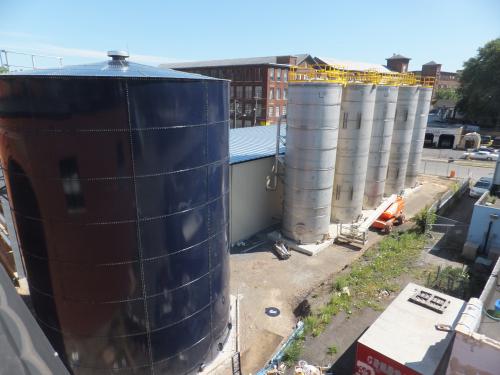
FX Matt Brewing Co. in New York (think Saranac brand), one of our nation’s oldest brewing establishments, installed an anaerobic digester in 2013. Their beer residuals, yeast, leftover wort and other brew kettle residuals (which were previously sent to the Oneida County Water Pollution Control Plant) are now diverted to an equalization tank after the brewing tanks are cleaned. This equalization tank (see image) normalizes the flow from the brewery and stabilizes wastewater before it enters five digester tanks.
Organics inside the digester tanks are then broken down by anaerobic bacteria, reducing the solids in the wastewater by up to 80 percent and producing renewable biogas. The result is enough biogas to run a 400 kW electricity generator, reduction of solids in the wastewater, as well as savings to the brewery’s energy usage through the generation of on-site energy. At the end of the day, 30 to 40 percent of FX Matt Brewery’s electricity usage is covered from their anaerobic digester1.
Magic Hat is yet another brewery taking advantage of this technology. The 490,000-gallon anaerobic digester, installed in 2010, extracts energy from the spent hops, barley, and yeast, while also processing the Vermont facility’s wastewater. Use of an anaerobic digester saves waste disposal and natural gas purchasing at Magic Hat Brewing Co.²
Abita Brewing also joined the energy from waste movement in 2008 with the installation of its 570,000 gallon anaerobic digester. Located in Louisiana, their system converts 75,000 gallons per day of brewery waste into biogas. This biogas is then fed to the brewery’s boiler which reduces their operation’s dependence on fossil fuel-derived natural gas operations³.
Meredith Cummings is an application engineer for BIOFerm Energy Systems. Originally from Syracuse, NY, Cummings holds a Bachelors of Science degree from Ithaca College in Biochemistry. She additionally holds a Masters of Professional Studies Master’s Degree in Environmental Science from State University of New York (SUNY) College of Environmental Science and Forestry in Syracuse. Cummings master’s degree research was focused on a net energy study of a local anaerobic digester.
Brewery digester success stories sources
¹Treatment Plant Operator: http://goo.gl/ibIpoQ
²CBS News: http://goo.gl/iZLiXB
³Biomass Magazine: http://goo.gl/mwj1mV

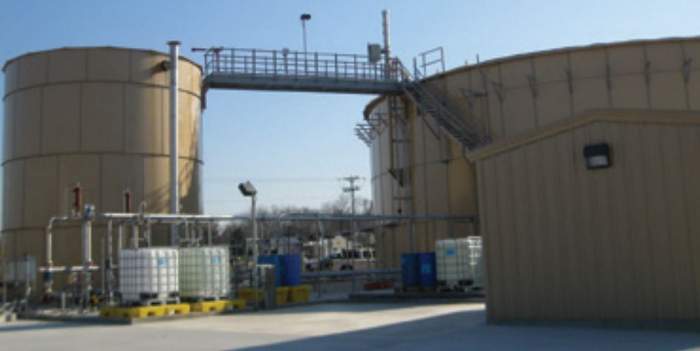
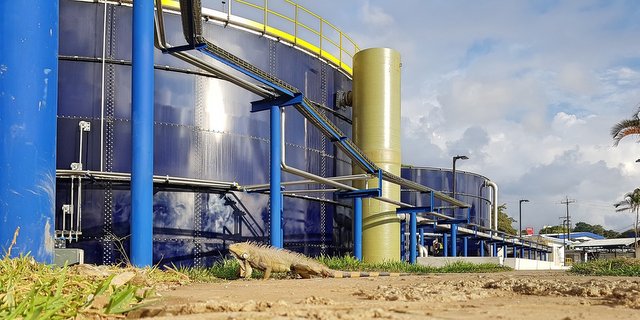
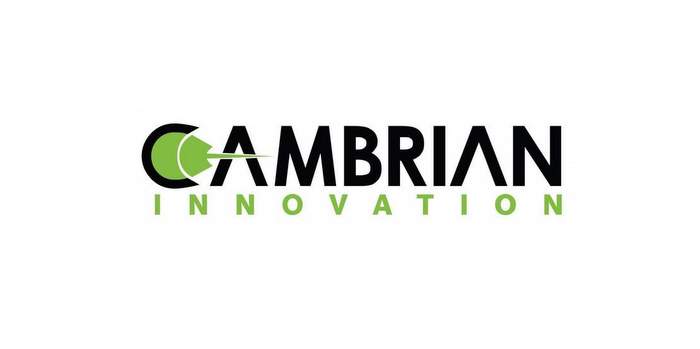
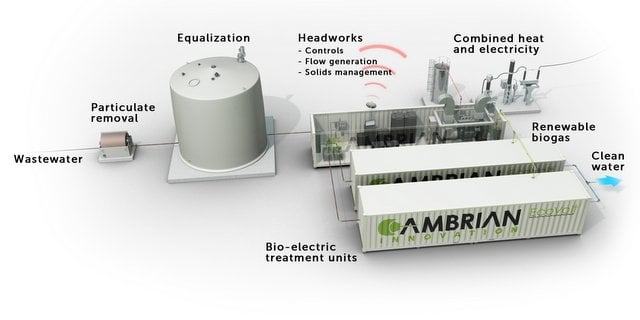

Solid waste management solutions for brewery streams http://t.co/MG18Kz5CzM via @craftbrewingbiz
RT @CaptainCheers: Solid waste management solutions for brewery streams http://t.co/Q9Tesppoe0
Solid waste management solutions for brewery streams http://t.co/Q9Tesppoe0
RT @BioenergyIntl: U.S. @BIOFerm solid (& liquid) #waste management solutions for (micro) brewery streams @CraftBrewingBiz http://t.co/cQ53…
Solid waste management solutions for brewery streams http://t.co/xZZgDdHvIK
U.S. @BIOFerm solid (& liquid) #waste management solutions for (micro) brewery streams @CraftBrewingBiz http://t.co/cQ53D6SXZz #biogas
RT @CraftBrewingBiz: Solid waste management solutions for high strength brewery streams. Cool article @BIOFerm http://t.co/IztSsN29F9
Bryan Stewart liked this on Facebook.
Serge Lubomudrov liked this on Facebook.
Juan Carlos Sibaja Delcore liked this on Facebook.